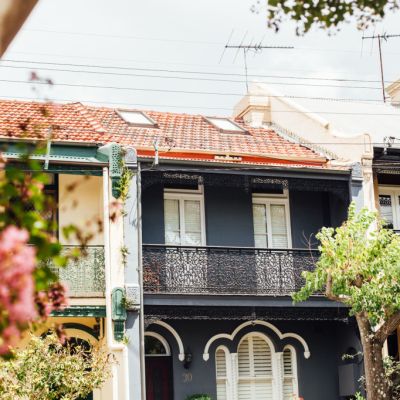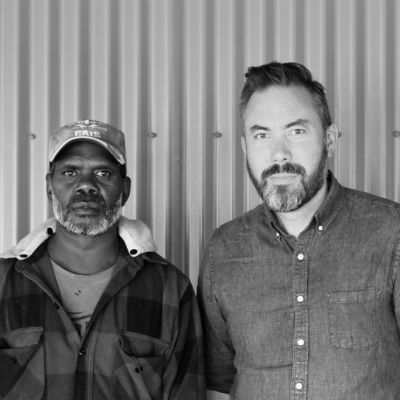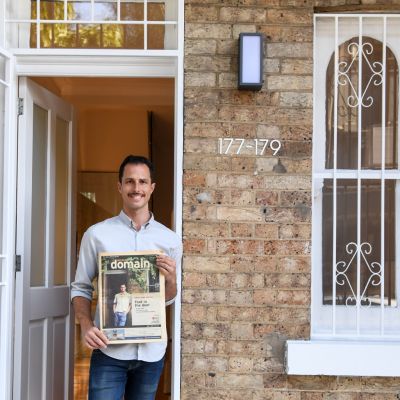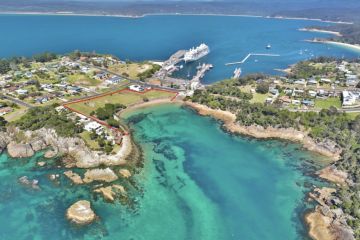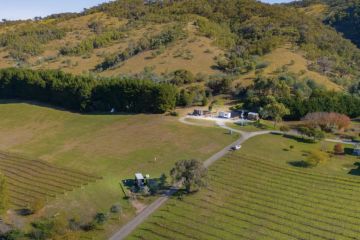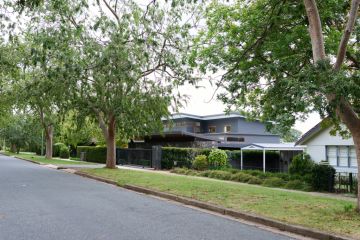Budget funds to help more Indigenous Australians buy their first home

Hundreds of Indigenous Australians will be able to buy their first home thanks to a $150 million funding boost in this year’s budget.
The program has already been such a success that borrowers have largely managed to pay back their home loans during the pandemic, when many other mortgage holders had to pause repayments.
The Indigenous Homeownership Program helps buyers access a concessional home loan, and has a year-long waiting list.
Over the next two years, the extra funding will help deliver an extra 360 concessional home loans for new homes in regional areas.
The cash will help deliver more home loans faster, seeing more Indigenous Australians get into secure housing, says Indigenous Business Australia chairman Eddie Fry.
“It will also assist in people moving out of rentals to home ownership,” Mr Fry said. “It also has an impact on reducing the impact of homelessness.”
There has been strong demand for the program with more than 1000 expressions of interest every month in May, June and July, according to the Indigenous-tied commercial organisation that administers the program. It has helped almost 20,000 families since being set up in 1975.
The tiered scheme is open through an expressions of interest application process to Indigenous Australians who earn between $50,000 and $170,000 a year and find it difficult to access a home loan from the commercial banking system, Mr Fry says.
“They may not have savings, they may have a poor credit rating. That’s the majority of people [we’re servicing],” he said. “They’re people who generally struggle to get funding opportunities through the banks.
“You have to remember they generally wouldn’t be able to get a loan from the bank and the vast majority of them pay their home loans off.”
In the past five years, it has delivered more than 3000 new home loans worth more than $1 billion.
In the year ending June, 95 per cent of new home loans were first-home buyers. Almost 70 per cent of home loans were granted in regional area, a fifth were in major cities and 10 per cent were in remote areas.
But the organisation prepared for the worst-case scenario during the pandemic, undertaking measures to mitigate potential financial risks during the COVID-19 downturn that never eventuated.
“To our fantastic surprise, our borrowers are paying off their home loans during this COVID period. We didn’t see the impact that we thought would occur,” Mr Fry said.
He believed it was just one display of the importance of home ownership for many Indigenous Australians.
“Here is a group of people whose heritage goes back for thousands and thousands of years and have been marginalised and have struggled to get into the equity of home ownership and now that they’re sticking to home ownership, they’re sticking to the game,” he said.
“It’s never been spoken about just how committed these families are to owning a home. It’s not a matter of being grateful and having gratitude.
“They’re living on the realism of hand and mouth and are paying off the biggest debt of their life, coming from the lowest socioeconomic base and they have no intergenerational wealth and they will pass on this asset to their children that they have been denied.
“The purpose of equity into a home loan, which is a material structure, provides a whole lot of personal returns. People feel safer, they feel better about themselves, have their own footprint.”
Port Macquarie resident Beau Dorrington and his fiancee Jessica Dunlop are building their family home using the program.
“We’re getting married three days after we move,” he said. “It wasn’t planned that way but it turned out that way because of COVID. We’ve been planning the house for two years and the wedding for a year and a half.”
He said the program allowed them to get onto the property ladder when a traditional bank would have turned him away due to their low deposit.
“The opportunity [IBA] gives to Indigenous Australians makes it a lot easier for people who may not be able to get into the market to have the security they can live in it for 30 years and make it their home.”
Extending home ownership and wealth creation opportunities for Indigenous Australians was a positive, according to Bill Randolph director of UNSW City Futures Research Centre.
“Home ownership may be a part of the solution but it won’t solve the current housing problem of Indigenous communities around Australia,” he said. “It still begs the question what happens to the vast majority who have to rely on the rental market.”
We recommend
States
Capital Cities
Capital Cities - Rentals
Popular Areas
Allhomes
More
